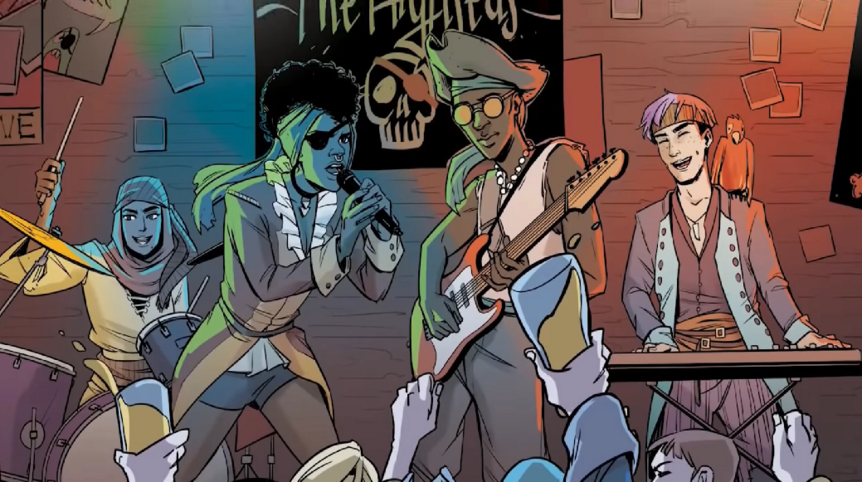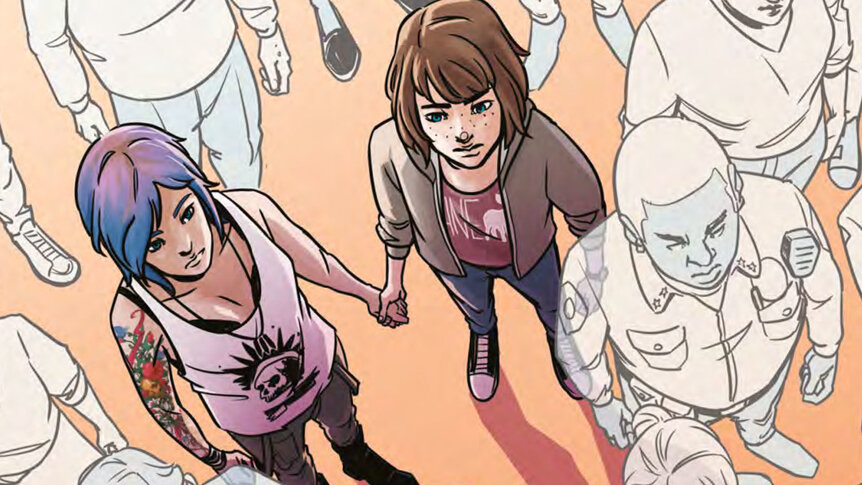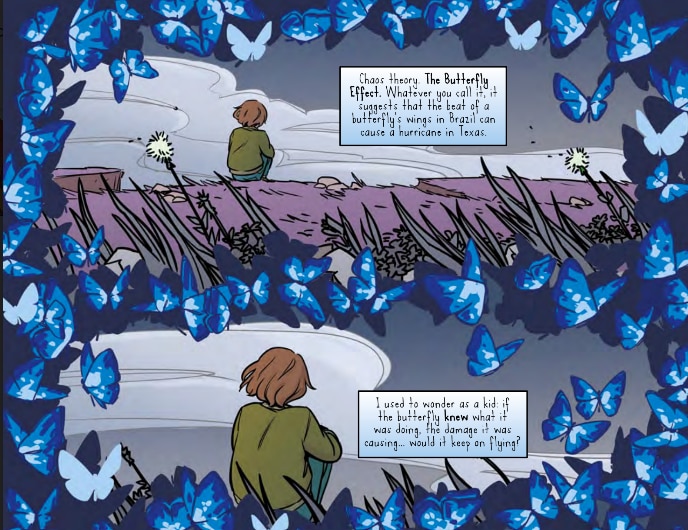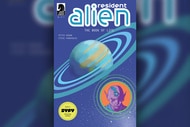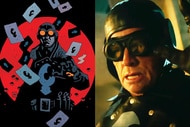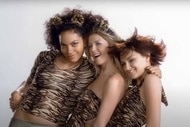Create a free profile to get unlimited access to exclusive videos, sweepstakes, and more!
Life is Strange: Dust explores queer romance, grief, and trauma
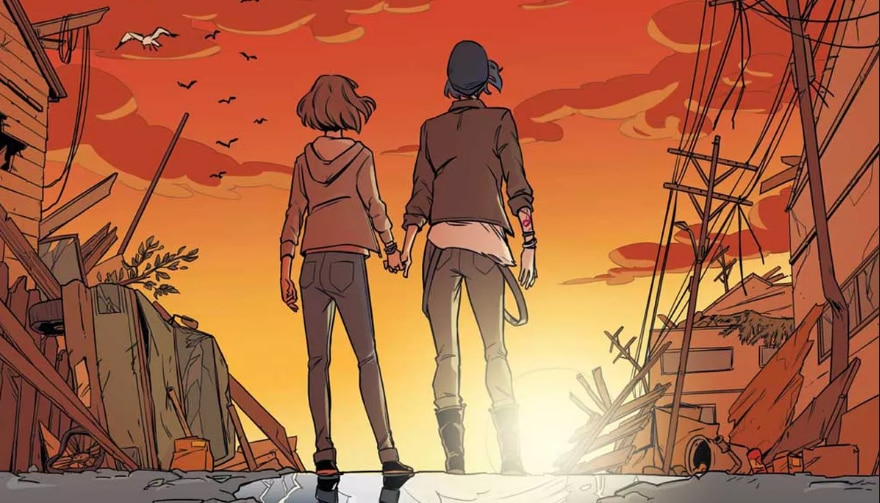
If you, like me, love choose-your-own-adventure narratives that feel inherently female in perspective, 2015’s Life Is Strange is undeniably one of video gaming’s most interesting options.
The episodic game series followed the adventures of Max Caulfield, a photography student who witnesses the murder of her blue-haired punk bestie Chloe Price in the school bathroom at the hands of posh rich boy Nathan Prescot. Max discovers she has the ability to rewind time, and through a series of moral choices is forced to wrestle with what she can change and what she cannot, and unravel a mystery involving a series of missing young women.
The original five-episode series of games and the three-episode prequel Before the Storm both explore the difficulties of being a young woman finding yourself in really interesting ways by allowing players to choose how their narratives play out. However, a recent comic book sequel makes the interesting decision to follow the outcomes of just a single possible choice from the games.
Beware narrative spoilers for Life Is Strange if you have not played it.
Life Is Strange: Dust is set a year after the events of the original Life Is Strange. The final episode of the series featured one major final choice: the decision to allow Chloe to die so that the timeline would revert to normal, or to insist on saving her at the expense of the destruction of the small town of Arcadia Bay. While the original Life Is Strange never makes it explicitly clear that Max and Chloe are romantically or sexually attracted to each other, my reading of the pair during the game was that they loved each other in an explicitly queer fashion, which was a major factor in my deciding to save Chloe at the expense of the town. I’ve seen too many narratives insist on killing off queer characters as part of their resolutions, and I didn’t want to further that trope by burying my gays.This is the major choice that Life Is Strange: Dust decides to make canon and explore as a linear story.
Right off the bat, Life Is Strange: Dust is far more diverse in the design of its speaking characters, and far more explicit about verifying aspects of existing characters than the game series that preceded it. We’re introduced to a new group of friends, a band writing songs based around our protagonists, who are more diverse both racially and in terms of gendered presentation than anyone seen in Arcadia Bay’s swath of predictable character designs. It’s a small addition, but it really goes a long way to making the cast feel more inviting and interesting than those we lost in the destruction of the town left behind. The addition of a series of new types of female characters to the mix gives the comic a really varied and powerful female energy that permeates the work.
It’s clear that the comic’s creators are aware of the real-world impacts of the topics it is touching on, too, with some really important comments made about the disparity in repair efforts made across American towns based often on race, for example.
On the surface, the comic deals with a story about Max starting to slip between timelines created by her choices in the aftermath of her decisions, but at its heart the comic’s first volume is much more about explicit queer romance and processing trauma after unbearable tragedy. From viewing the timeline hops to analogs for PTSD catastrophizing, to the benefits of not hiding from facing events that have happened, the comic’s most moving moments are when it focuses on the pain of coming face to face with events that are out of your control but feel like your fault.When compared to other video game stories about queer identity, such as Gone Home, the focus on life after you’ve run away into the sunset together rather than treating that as an endpoint really gives Dust’s story some much-needed grounding in reality, in spite of the story’s supernatural trappings.
The thing that stood out most to me about Life Is Strange: Dust, perhaps more even than the odd nature of having a linear sequel to one branch of a choice-based narrative, is the decision to make Max and Chloe’s sexuality and relationship status canon in said linear arc.
Many video games, most notably games like Overwatch, will confirm characters as non-straight in supplemental material outside of the actual video game as a way to get praise for queer character confirmation while giving homophobes the ability to discredit the reveal as not canon because it was not within the game itself. Famously, this was an issue with the confirming of Overwatch’s Tracer as a lesbian, and it seems to be one along similar lines with Max and Chloe.That said, the way Max and Chloe’s romance is portrayed in Dust is really charming and sweet. Watching punk rocker Chloe lead Max by the hand, or the playful teasing about how Max wouldn’t dare lie to her confident tattooed lady, offers a series of small moments in the comic that make their relationship, even outside of its eventual confirmation, feel very real and tangible.
While Life Is Strange: Dust only just manages to start exploring an interesting supernatural mystery story, it does a great job of fleshing out my preferred queer interpretation of my chosen ending to a choice-based game. It’s not going to be a read suitable for every Life Is Strange fan — if you chose to save the town rather than Chloe this might make for a slightly jarring read, but for me it offered the kind of direct, rather than implied, queer diverse female energy that I had always hoped the series would lean into.
The views and opinions expressed in this article are the author's, and do not necessarily reflect those of SYFY WIRE, SYFY, or NBC Universal.
